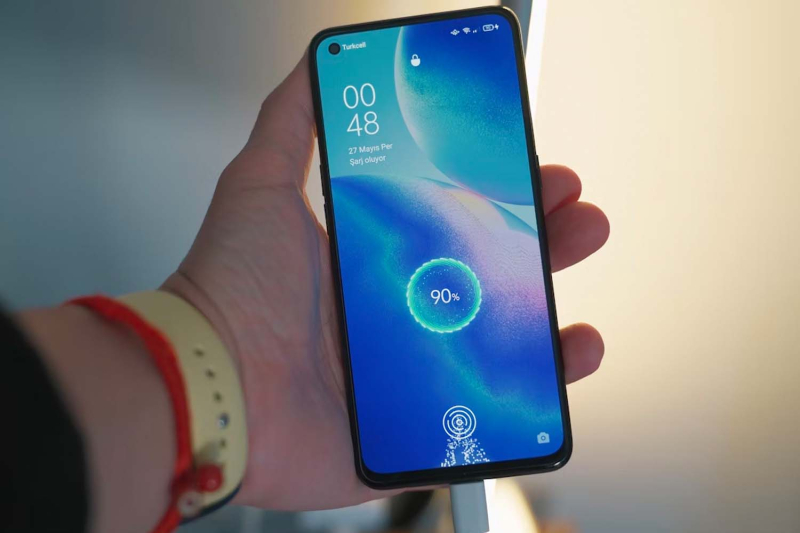
© Unsplash/Onur Binay
Public USB sockets dedicated to charging smartphones and tablets have multiplied in many places in recent years – from bus shelters, to train stations and airports, including self-service scooters… However, if these ports prove practical for ordinary mortals (no one likes to run out of battery), pirates have also visibly taken up the subject.
The warnings about the dangers of these ports are not in themselves new. The hacker technique has a name: Juice Jacking. Concretely, this involves modifying these USB ports present in public spaces to install malware, or suck up the content of any device that has the misfortune of connecting to them. Until then, however, the threat was considered very limited.
Why charging your smartphone on a public USB socket is risky
This article from Ars Technica dating from April 2023, highlights for example that no real example of juice jacking had been documented until then, apart from demos during conferences and other academic research efforts. However, a few months later, the FBI issued a warning after finding a few cases.
However, if we are talking to you about it again today, it is because 60 million consumers have just published an article which formally advises against using this charger type – based both on the recent opinion of the FBI, and a notice from the site Cybermalveillance.gouv.fr.
Jean-Jacques Latour, expertise director cybersecurity for Cybermalveillance cited by 60 million consumers highlights that it remains difficult to “spot and quantify” this threat. And to add, that ”if after connecting your phone to a public charging station, a window appears to install or update software, it is best to unplug immediately. It may, in fact, be an attempted digital break-in.
Malicious ports can be materialize by a complete replacement of the port. Or hackers leave corrupted cables plugged into “healthy” charging ports. In fact, you can find copies of Lightning cables for iPhone and USB type C charging cables on the internet containing a special chip hidden in the connectors.
This is so small that the cable is indistinguishable from a conventional charging cable. One of the examples of this type of malicious accessory available on the internet is “O.MG Cable”. The latter not only allows malicious commands and programs to be loaded onto any device that connects to it, but as a bonus the cable has a WiFi connection, allowing hackers to connect to any device. live” to the cable and to any device connected to it.
According to Cybermalveillance, the simplest way to protect yourself is to scrupulously avoid Charging stations and other USB ports available in public spaces. There is also a weapon that allows you to continue to use these terminals without risk. Available for around ten euros on many eCommerce sites, the “USB condom” prevents connection “data” to initiate, allowing only the electricity your devices need to recharge.
- < li>60 million consumers formally advise in an article against using USB ports available in public places to recharge your smartphone.
- The warning follows a notice from the FBI and a notice from Cybermalveillance.gouv.fr.
- It remains possible to use these terminals provided you have a “USB condom”.
📍 To not miss any news from Presse-citron, follow us on Google News and WhatsApp.
[ ]

